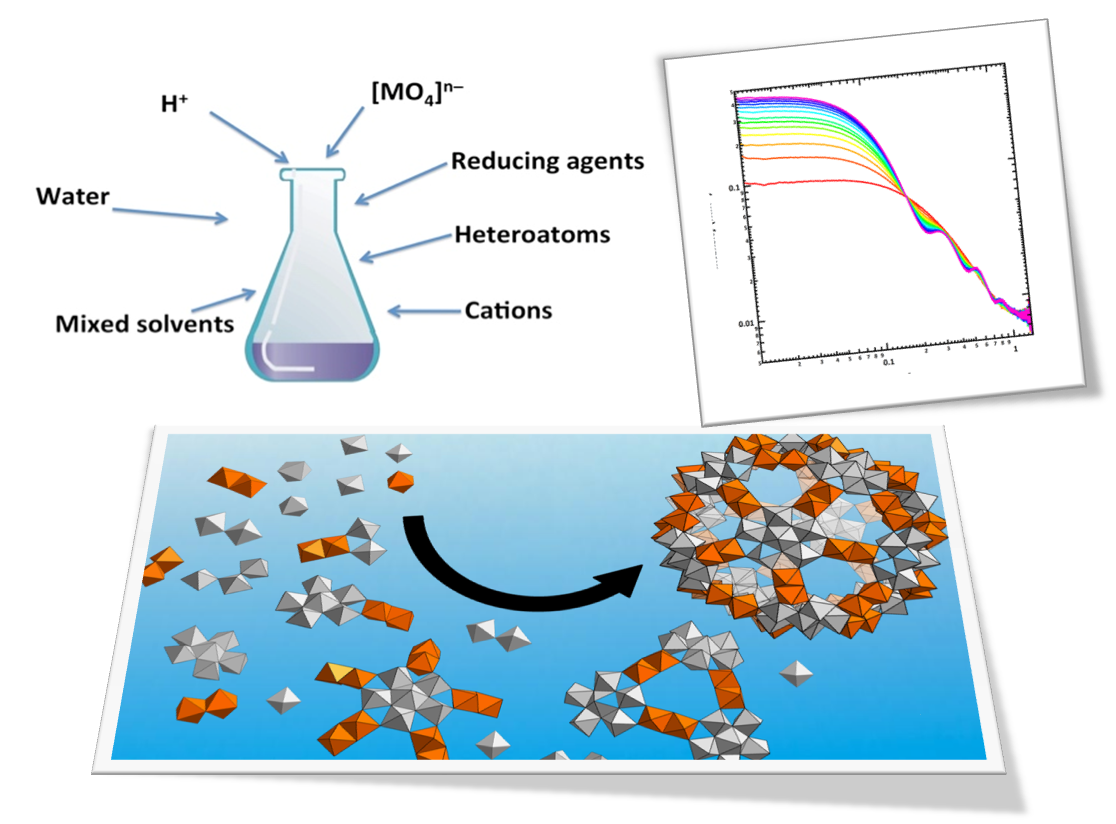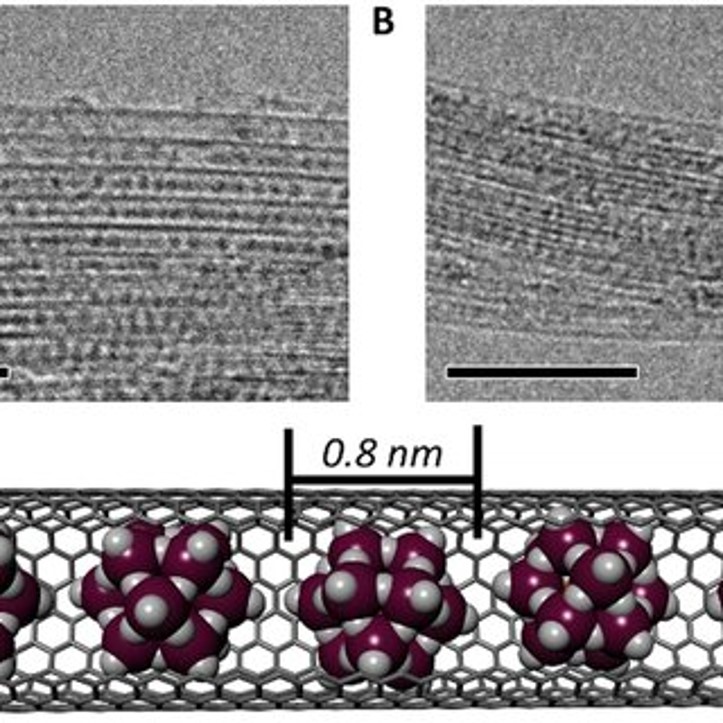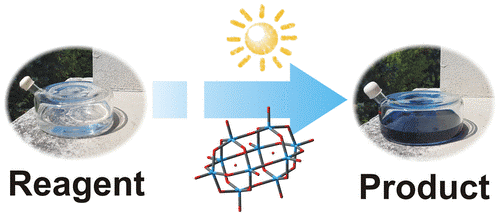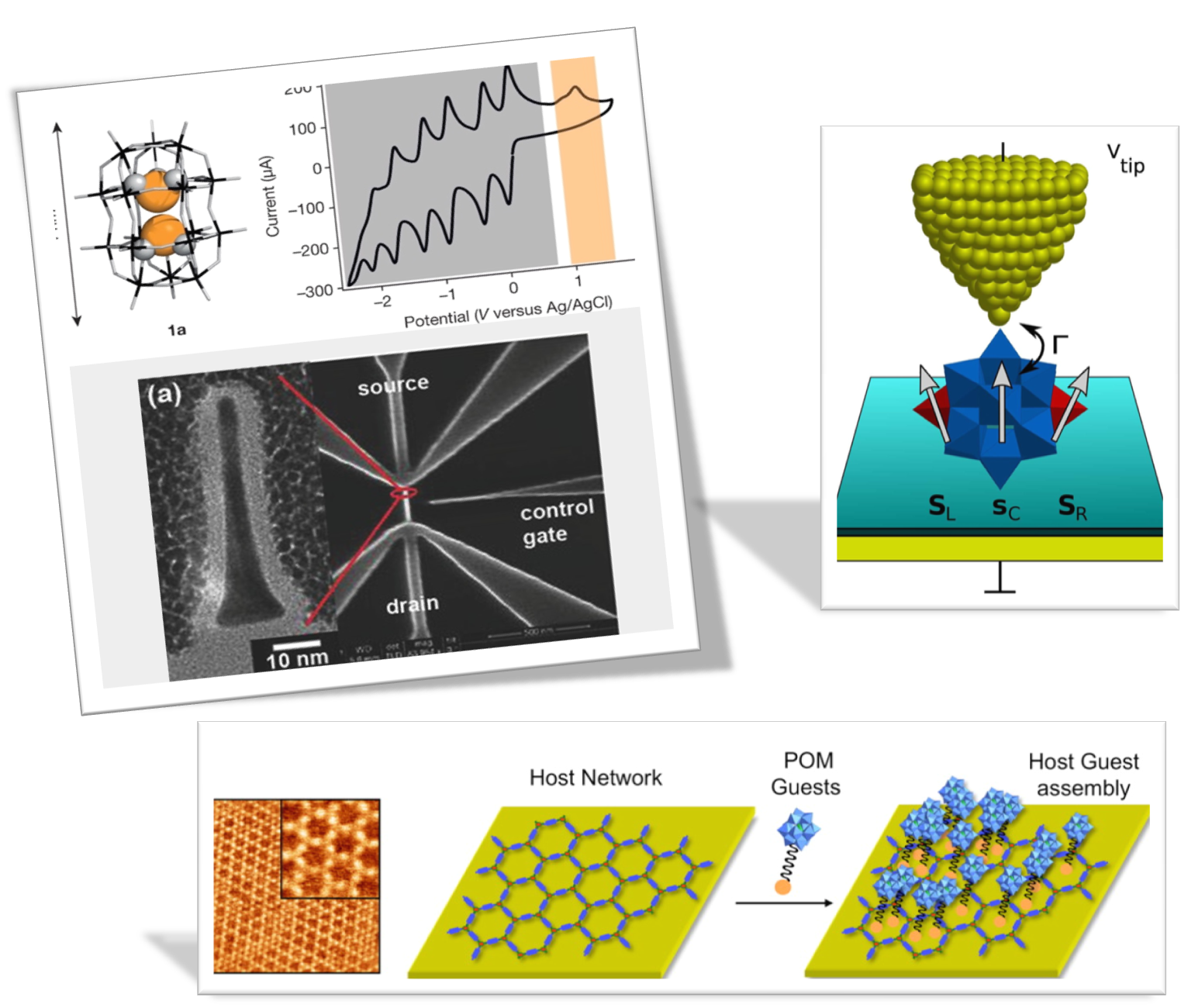You are here : IRN-POMenScientific topics
- Partager cette page :
- PDF version
Scientific topics
 Fundamentals for emergent systems
Fundamentals for emergent systems
Recent results published independently by the IRN-POM consortium revealed that solution-chemistry of POMs was not fully understood and that the fine control of the non-covalent interactions open new perspectives in the manipulation of POMs at the supramolecular level. These systems have a structural organization defined by certain forces (hydrogen bonding, π-π stacking, electrostatic, chaotropic, hydrophobic, metal coordination...), that could respond to external and internal triggers such as light, redox, temperature, or pH. Joint expertise is therefore a prerequisite for the bottom-up construction, whether directed or not, of hierarchical structures or molecular devices that will bring out emergent properties or enable the synergistic combination of properties.  Advanced analytical tools, data treatment and theoretical modelling
Advanced analytical tools, data treatment and theoretical modelling
The methods for determining the structure of novel POMs is perfectly established as well as the techniques to investigate their stability in solution. For this purpose, the typical techniques are the single-crystal X-ray diffraction for the solid-state characterization and the multinuclear high-resolution NMR spectroscopy for the analysis of the solutions. Nevertheless, with the ever-increasing complexity of the supramolecular POM-based systems, the limits of the NMR techniques can be rapidly reached when the size of the aggregates increases and the viscosity of the medium decreases, as in hydrogels and supramolecular polymers. In this case, other techniques more suited to semi-fluids and soft matter systems, such as cryo-TEM, AFM, Small-angle X-ray or neutron scattering (SAXS or SANS) can take over. One of the goals of this axis will be to explore the possibilities and the limits of such techniques.
Energy applications, sustainable and environmental chemistry
 The challenges that POM chemistry is facing are therefore manifold. The IRN support efforts to stimulate discussions about new or already known catalytic reactions, possibly combined with mechanistic investigations based on experimental or computational studies. While electro-assisted water reduction by POMs is well illustrated, utilization of CO2 for redox functionalization of organic substrates, CO2 reduction to fuels, biomass conversion and even natural gas transformation (through photochemically assisted C-H bond activation) remain more challenging and require greater efforts. To break down the scientific barriers, it will be necessary to combine expertise in catalysis, photochemistry, electrochemistry, surface science, modelling, chemical engineering and as already stated above, data science.
The challenges that POM chemistry is facing are therefore manifold. The IRN support efforts to stimulate discussions about new or already known catalytic reactions, possibly combined with mechanistic investigations based on experimental or computational studies. While electro-assisted water reduction by POMs is well illustrated, utilization of CO2 for redox functionalization of organic substrates, CO2 reduction to fuels, biomass conversion and even natural gas transformation (through photochemically assisted C-H bond activation) remain more challenging and require greater efforts. To break down the scientific barriers, it will be necessary to combine expertise in catalysis, photochemistry, electrochemistry, surface science, modelling, chemical engineering and as already stated above, data science.

 POM engineering for functional materials
POM engineering for functional materials